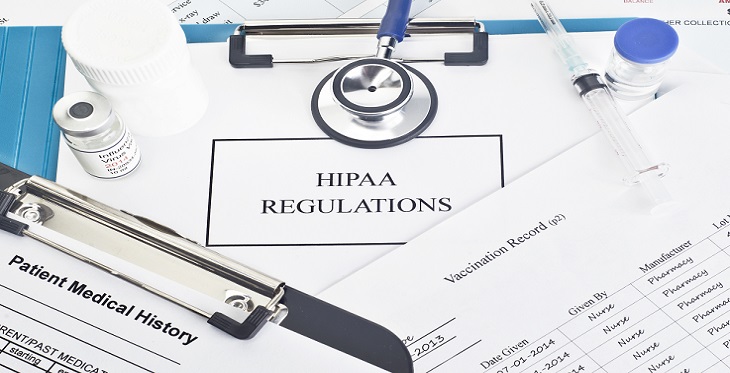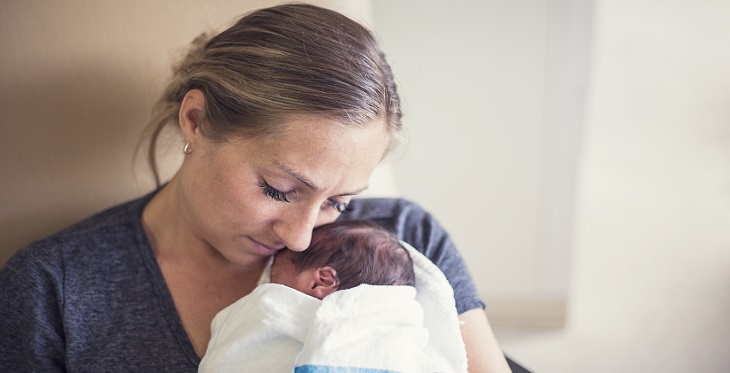Telemedicine and the technologies that provide the service delivery have swiftly become the essential, everyday apparatus keeping the US healthcare system afloat in 2020. Patients have adapted well to the rapid switch to teleconferencing appointments and assessments with their general practitioner.
HIPAA compliance is difficult to achieve under normal circumstances but during a global pandemic, healthcare institutions have faced an uphill struggle. As hospitals, practices, and clinics closed, a seismic shift towards telemedicine was embarked upon. For many healthcare entities, this was something completely new, for others it was a simple change of routine.




